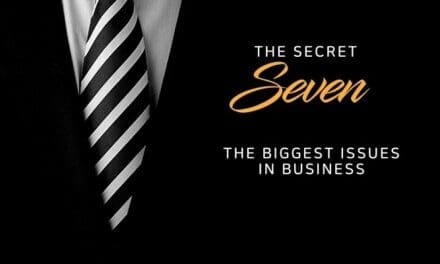Embarking on the creation of a media release marks a pivotal moment for you and your business—it’s your chance to amplify your voice and expand your reach. As you embark on this exciting journey, I’m thrilled to share an excerpt from my Book of PR Tips, designed to equip you with the crucial tools you need to craft a compelling media release. This guide is your gateway to not just sharing news, but making an impact with it. Let’s dive in and make your story heard
Write a Great Headline
Your headline can make or break your media release. It should be a short and snappy attention grabber that includes points from your release and sums up its subject. The headline is what encourages the media to read your release. Take your time and make it good.
Give Your Reader a Reason to Click
Your headline should provide some benefit or enticement for the reader wanting to learn more. Use Data if you have a study, use it. Facts and figures used well can be especially great in the headline. Tell the Story with Your Lead Paragraph The first paragraph is called “the lead”. It is the most important part of the release and should contain the strongest key message. This is where the who, what, when, where, and why of the story lives. Journalists and Editors see lots of releases and may not read beyond the first paragraph. It is important that your lead includes all the necessary and relevant information.
Make Your Release Editable
After the lead, each remaining paragraph should be less important than the one that precedes it. When your release is written this way, the story can, if necessary, be trimmed from the bottom up. Keep each paragraph self-contained and regardless of how many paragraphs are deleted, the story should still make complete sense. Keep your media release to one page (maximum 400 -500 words). The aim is to encourage a journalist to pursue your story, not to overwhelm or bore them with detail.
Allow the Journalist to Get to Know and Contact You
Finish with the Media Contact Details and the Company Boilerplate. The Boilerplate is your media “elevator pitch.” about your business and product offerings to a reader who may have no prior knowledge of them. This allows the journalist to get to know you and have the details they need to contact you.
Creating a Boiler Plate or Bio
Creating your bio and boilerplate for your media releases is the key to your campaign. When creating your bio include:
- What makes you unique
- What your key points of difference are
- Awards you have obtained/won
- Use words and terms that describe you
Your bio and boilerplate are the credibility you offer to your media release and article so take your time and make it good.
Good luck with writing your release, and remember the most important thing of all: Share it with the Media!
Get Your Own Copy of My Book Of PR Tips
My Book of PR Tips is a go-to guide for those starting out in DIY PR and for business owners wishing to learn a new trick or two for their business. In My Book of PR Tips, we explore the basics from working with the media from getting started to what to do after you have secured an interview.
Inside your will find tips
- Working with the Media
- The makeup of Media Releases
- Being a great Media Source
- Times in Business Where You Could Write a Media Release and Media Release Ideas
- Checklists for your media campaigns and more
Make My Book of PR Tips your go-to PR guide!



















